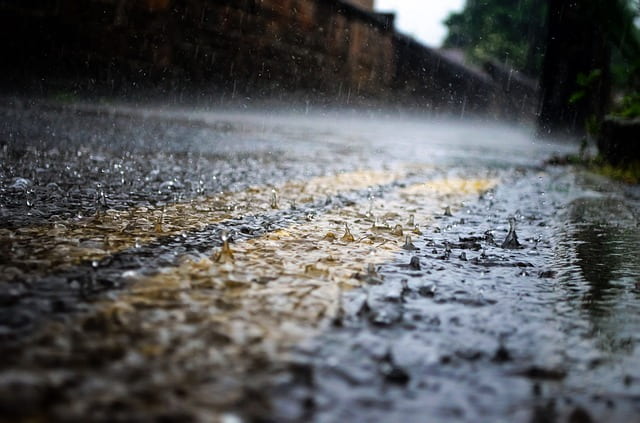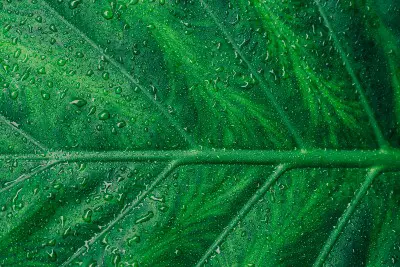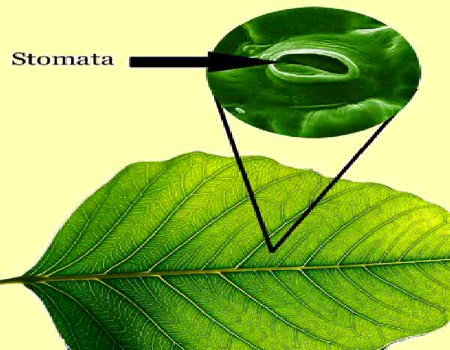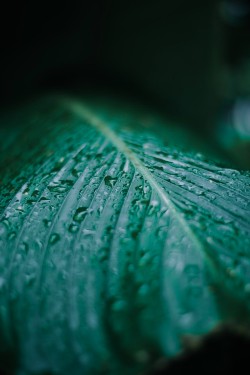
12 Adverse Effects of Acid Rain (updated)
12 Adverse Effects of Acid Rain
Written by Stanley Udegbunam || Dec 15, 2020

AFRILCATE
12 ADVERSE EFFECTS OF ACID RAIN
- Acid rain enters water bodies as runoff. This makes water bodies toxic to crayfish fish and other aquatic animals.
- The lowered pH level of acid rain prevents the hatching of fish eggs and kill parent fishes.
- Acid rain drastically alters the biodiversity, food webs and overall health of the aquatic environment.
- In an interconnected ecosystem, the rest of the food chain and non-aquatic species like birds are often affected negatively through food poisoning.
- Acid rain harms forests by damaging trees, leaves and also stunts their growth.
- It deprives the soil of its essential nutrient thereby making it hard for trees to take up water through transpiration pull.
- Acid rain has been linked to thinner eggshells in many bird species such as warblers and other songbirds.
- Acid rain and acid fog also damage forests, especially those at higher elevations.
- Causes corrosion of steel structures such as cars, railroad tracks, airplanes, steel bridges, and pipes above and below ground.
- Causes weathering of stone buildings and statues, especially those made of materials with large amounts of calcium carbonate like limestone and marble.
- There are no direct health issues associated with acid rain. Dry deposition, however, can contribute to heart and lung problems, such as asthma and bronchitis.
- Nitrogen oxides present in acid rain contribute to the formation of ground-level ozone, a major pollutant that’s harmful to humans.
OVERVIEW OF ACID RAIN
“The fossil fuels that humans burn for energy can come back to haunt us in the form of acid rain.”
Acid rain is any form of precipitation with acidic components, such as sulfuric or nitric acid that fall to the ground from the atmosphere in wet or dry forms.
Acid rain is also called acid deposition.
Acid rain doesn’t refer to only rainwater with low pH but also to every acidic deposition that falls from the atmosphere.
Therefore snow, fog and hail can be called acid rain if they have a low ph level.
Apart from the generic name (acid rain),
- snow with a high acidic value can also be referred to as acid snow,
- fog with high acidic value is termed acid fog and
- hail with a high acidic value is also called acid hail.
Acid rain is caused by emissions of gasses like sulfur dioxide (SO2) and nitrogen oxide (NOx) in the atmosphere.
Although acid-rain gases may originate in urban areas, they are often carried for hundreds of miles by winds into rural areas.
This is why forests and lakes in the countryside also get affected by acid rain.
The harmful effects of acid rain is listed above.
Let’s further break it down and see how it affects aquatic bodies, forest life, structures, and humans.
EFFECTS OF ACID RAIN ON AQUATIC BODIES
- Acid rain enters water bodies as runoff. This makes water bodies toxic to crayfish fish and other aquatic animals.
- The lowered pH level of acid rain prevents the hatching of fish eggs and kill parent fishes.
- Acid rain drastically alters the biodiversity, food webs and overall health of the aquatic environment.
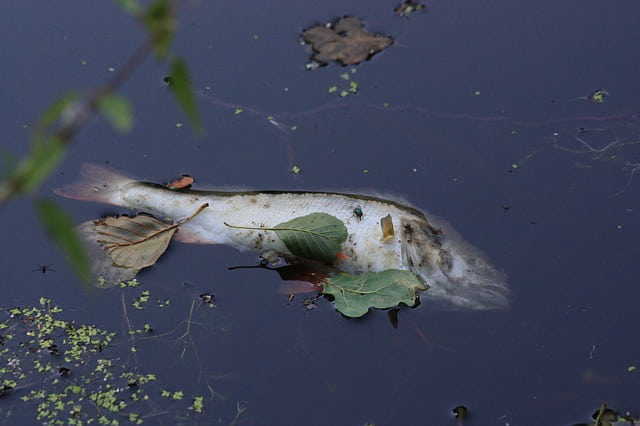
acid rain causes death of fishes and aquatic animals
EFFECT OF ACID RAIN ON FOREST LIVES AND PLANTS
- In an interconnected ecosystem, the rest of the food chain and non-aquatic species like birds are often affected negatively through food poisoning.
- Acid rain harms forests by damaging trees, leaves and also stunts their growth.
- It deprives the soil of its essential nutrient thereby making it hard for trees to take up water through transpiration pull.
- Acid rain has been linked to thinner eggshells in many bird species such as warblers and other songbirds.
- Acid rain and acid fog also damage forests, especially those at higher elevations.

acid rain depletes soil nutrients and negatively affects vegetation growth.
EFFECT OF ACID RAIN ON LANDS, STRUCTURES AND BUILDINGS
- Causes corrosion of steel structures such as cars, railroad tracks, airplanes, steel bridges, and pipes above and below ground.
- Causes weathering of stone buildings and statues, especially those made of materials with large amounts of calcium carbonate like limestone and marble.

fracturing of statue as a result of acid rain
EFFECT OF ACID RAIN ON HUMANS
- There are no direct health issues associated with acid rain. Dry deposition, however, can contribute to heart and lung problems, such as asthma and bronchitis.
- Nitrogen oxides present in acid rain contribute to the formation of ground-level ozone, a major pollutant that’s harmful to humans.
HOW TO PREVENT ACID RAIN
The only way to prevent acid rain is by curbing the release of the pollutants that causes it. this means burning fewer fossil fuels and setting air-quality standards.
Alternative energy sources like renewable energy is a greener approach to combat air pollution.
On a smaller scale, we can reduce the formation of acid rain by turning off bulbs and electrical outlets when not in use thereby conserving energy.


